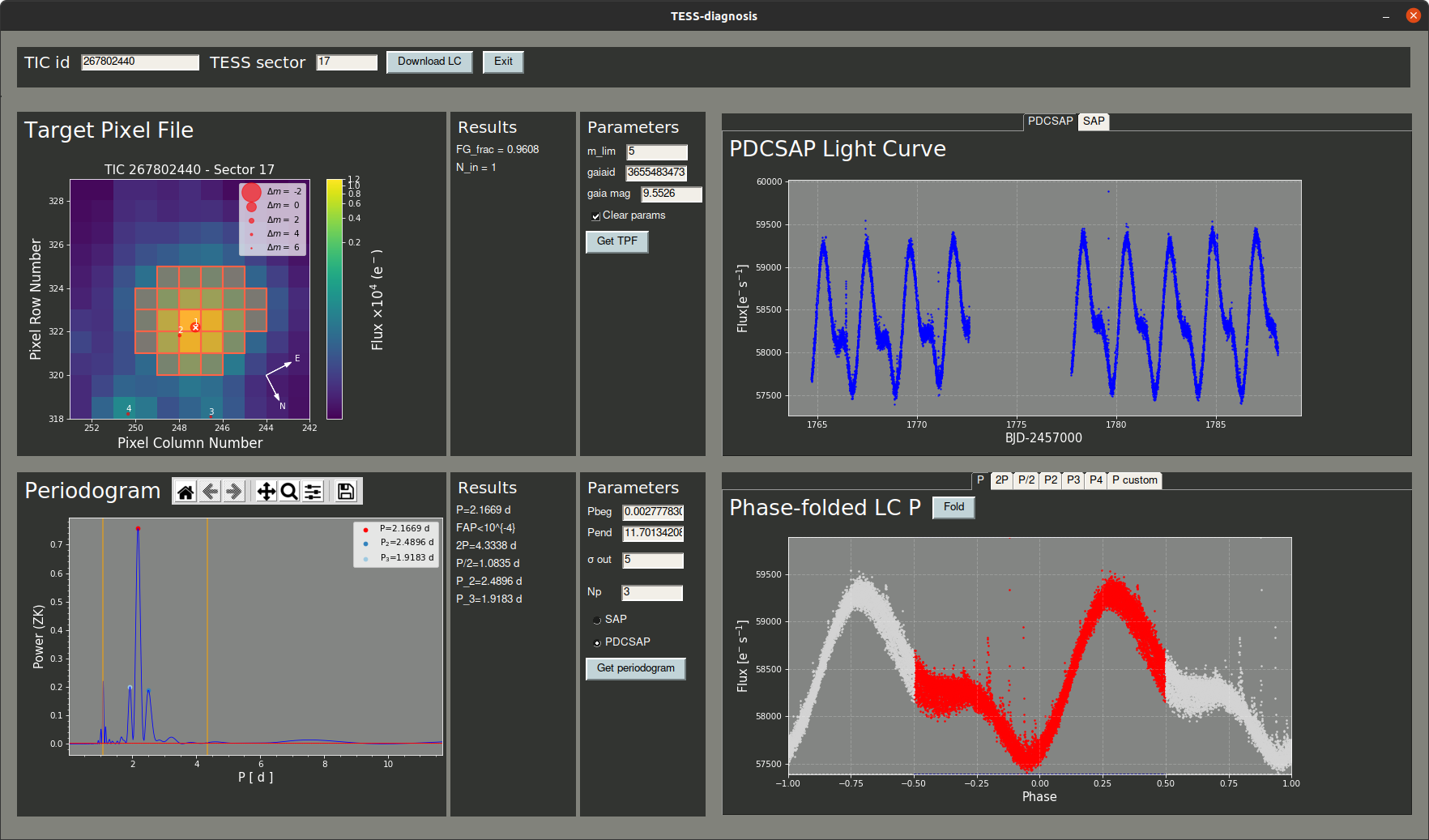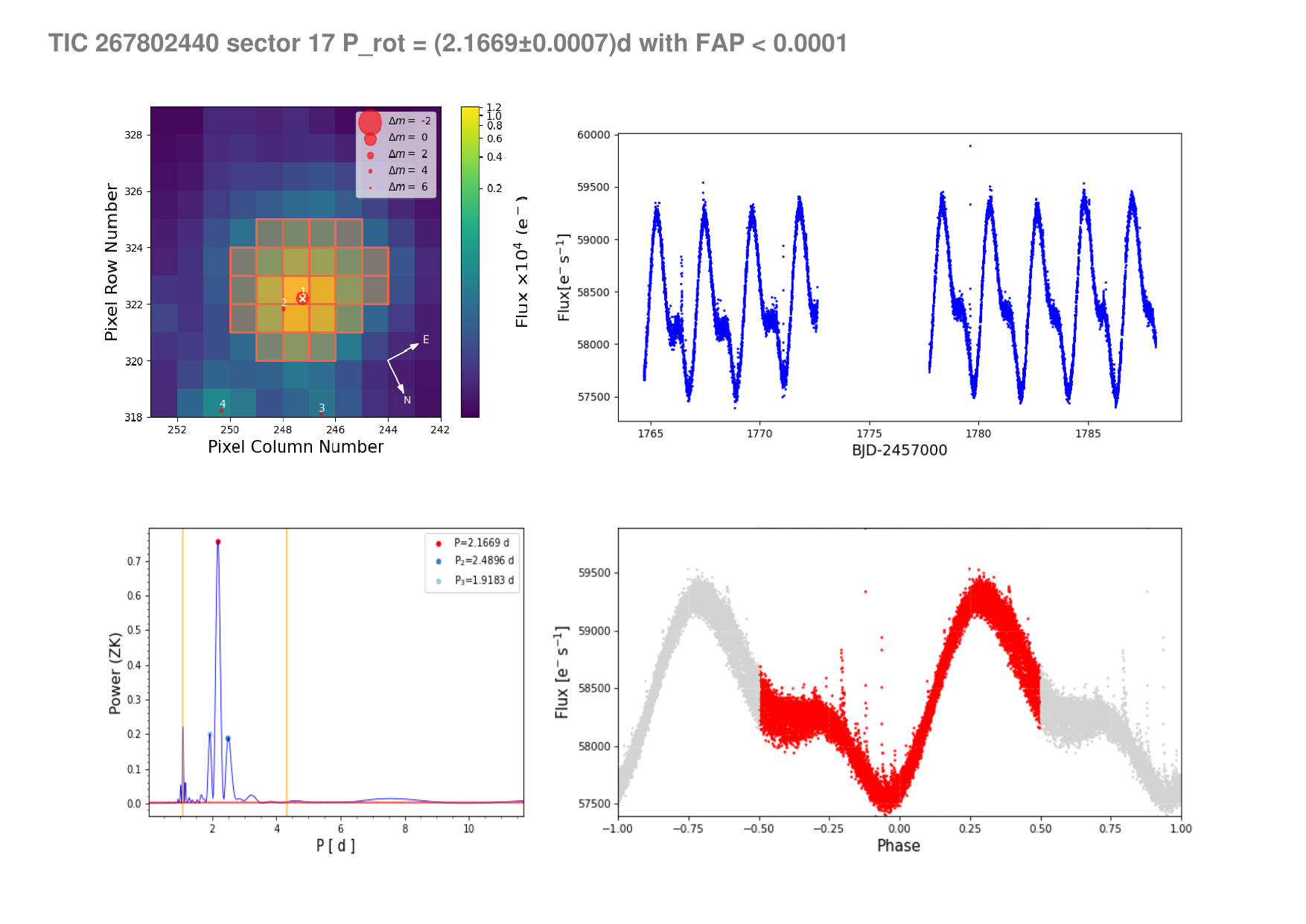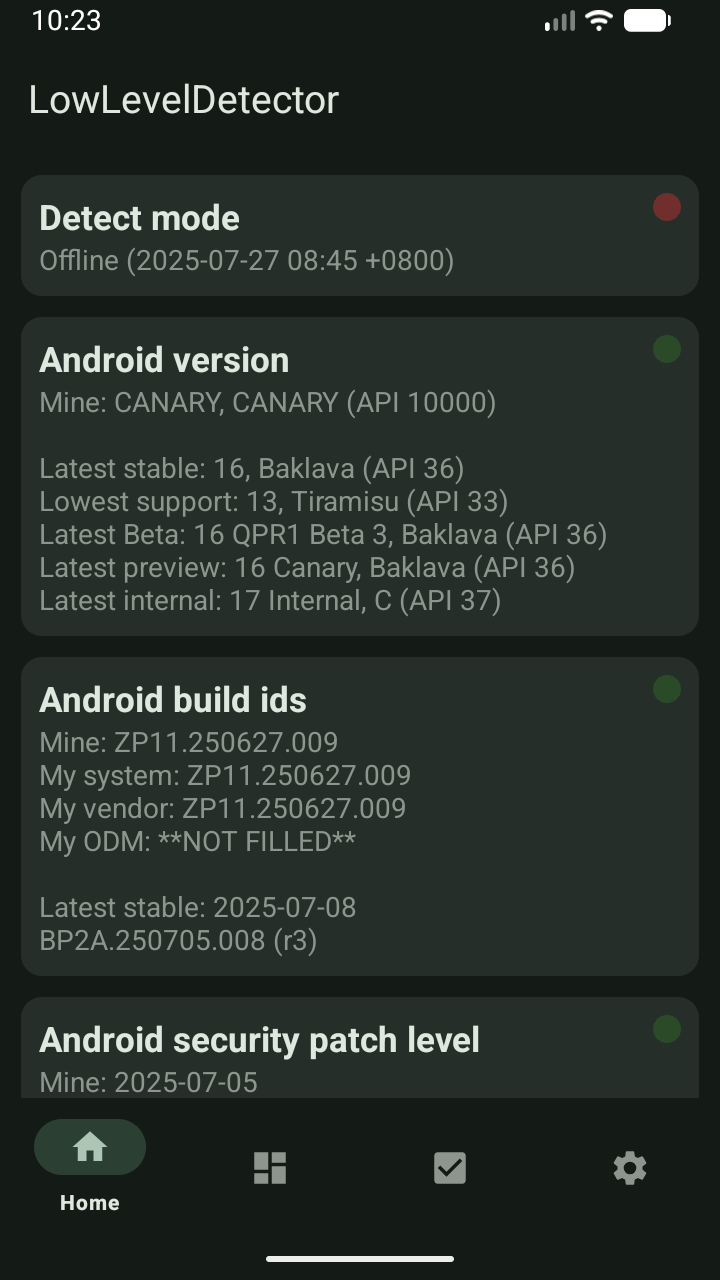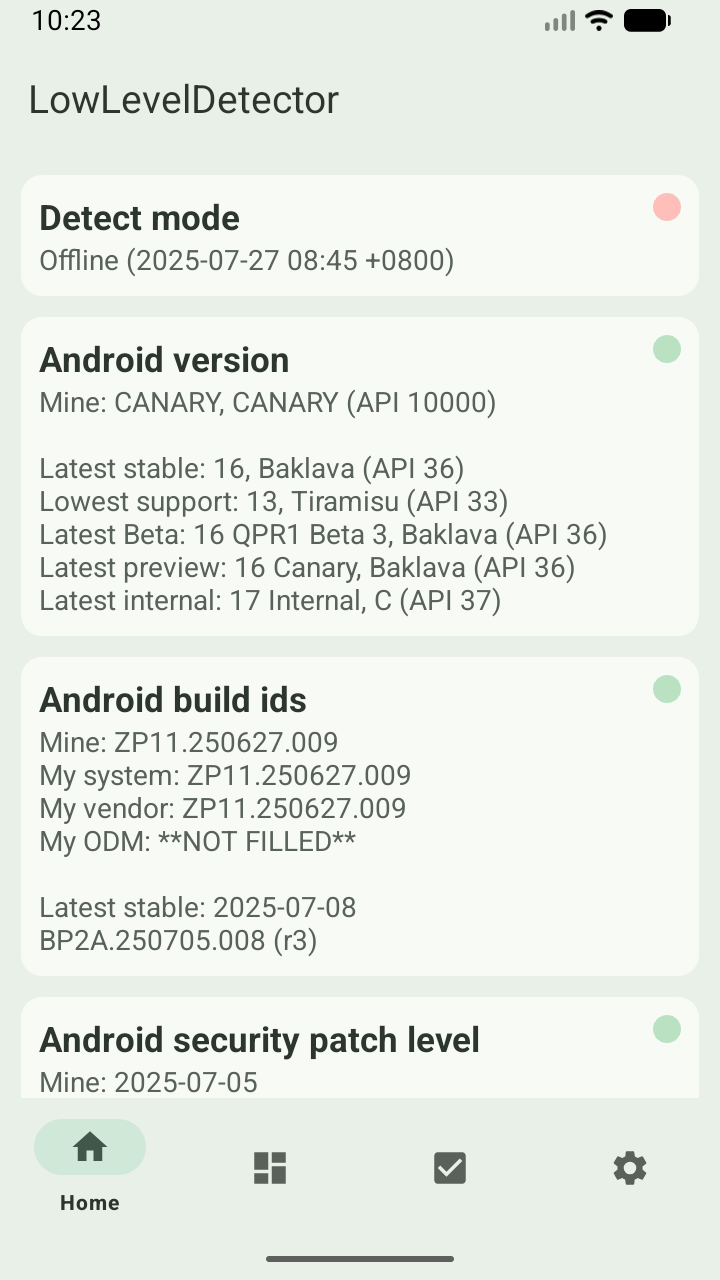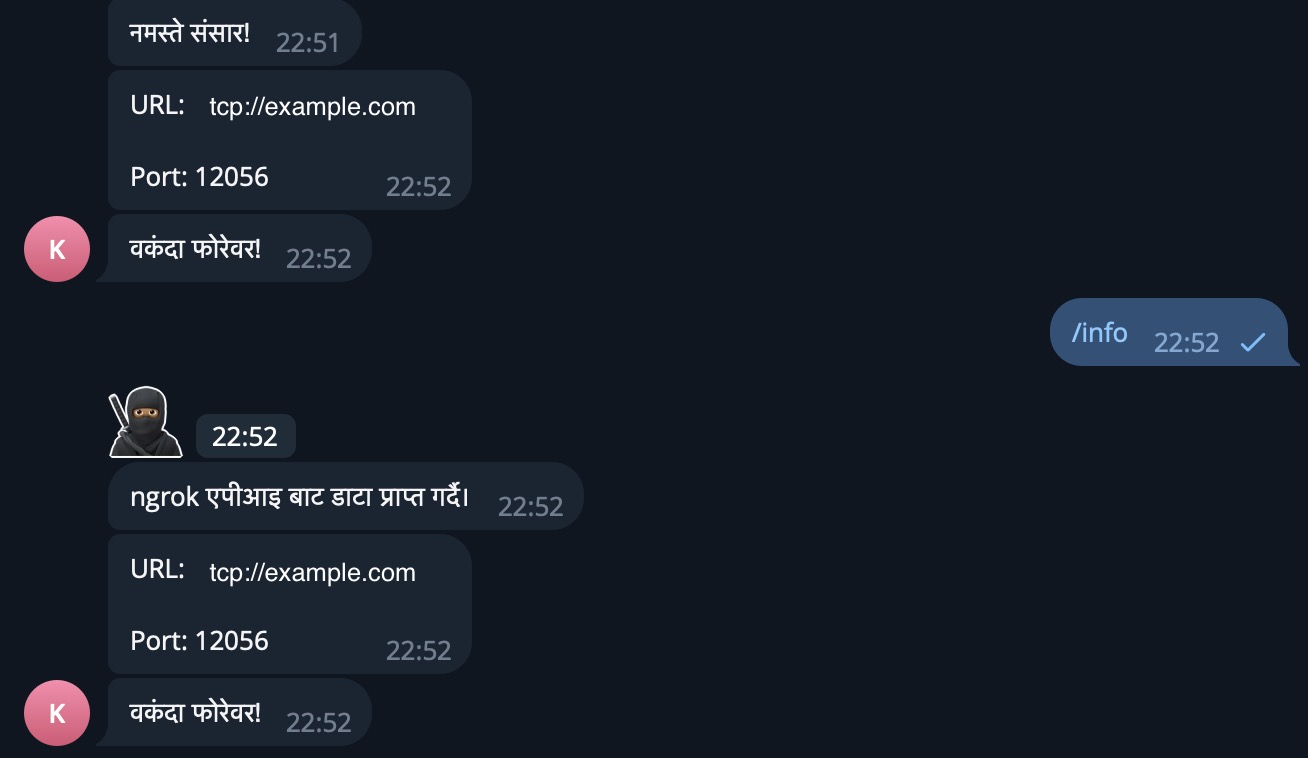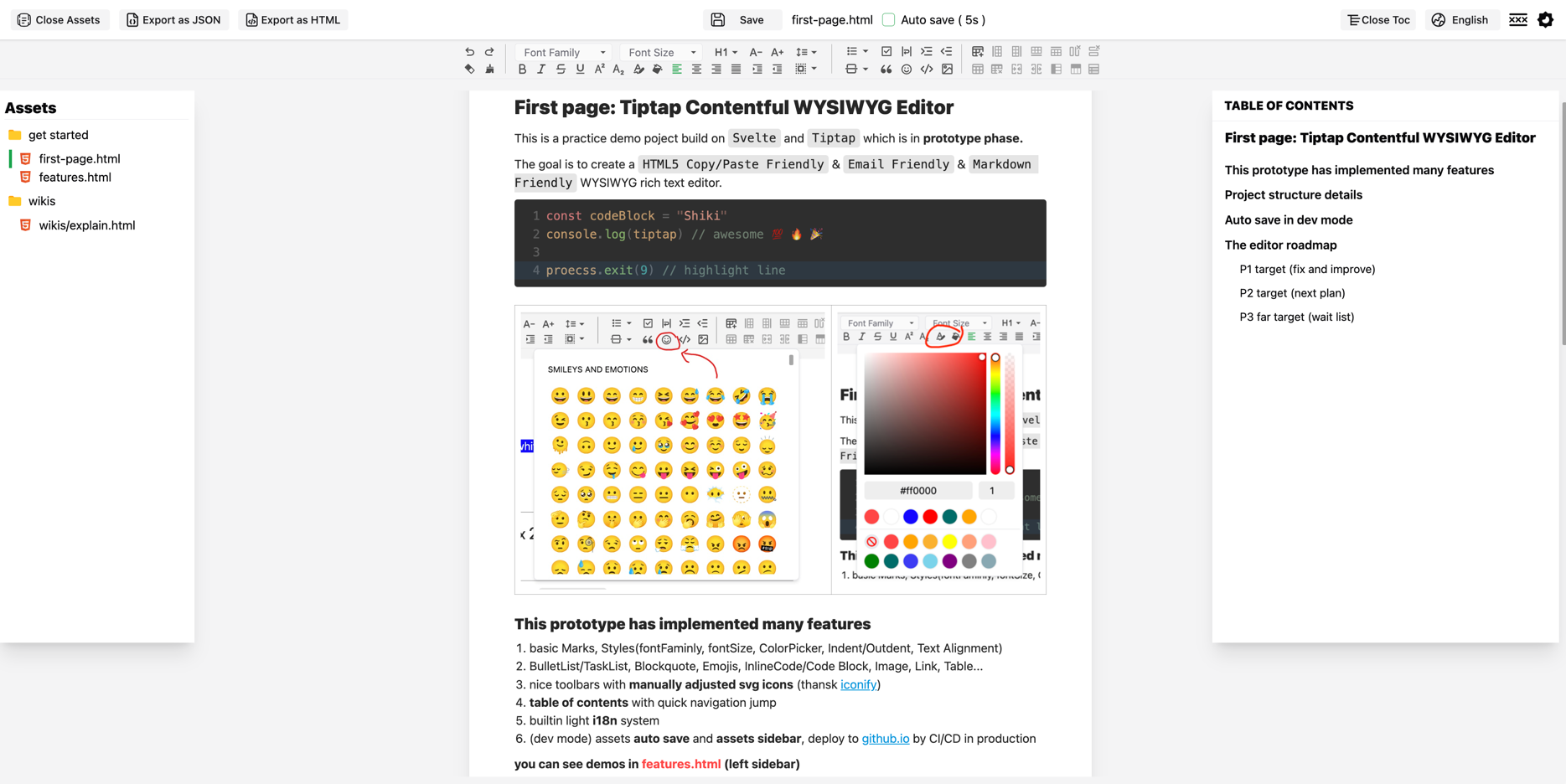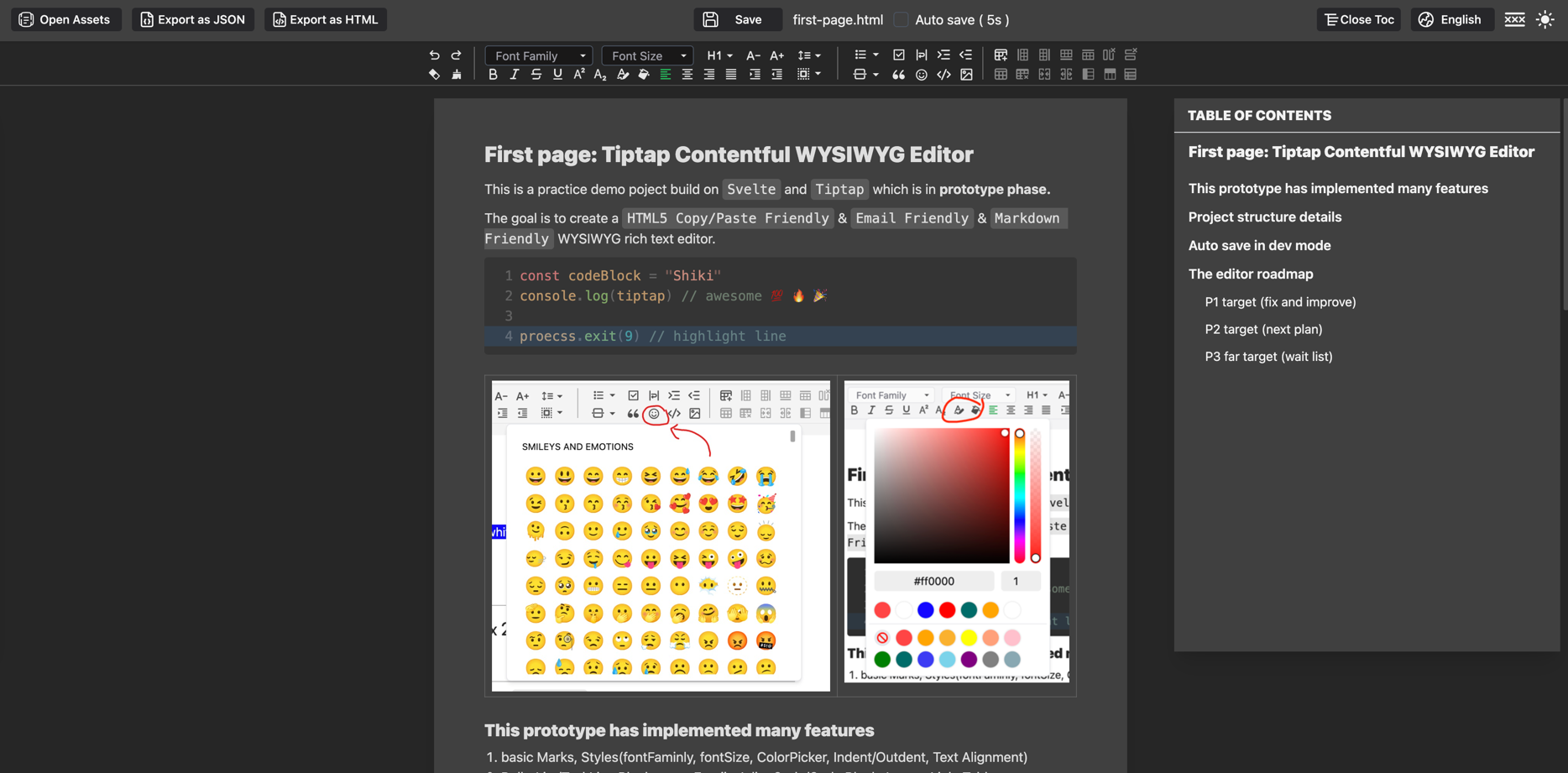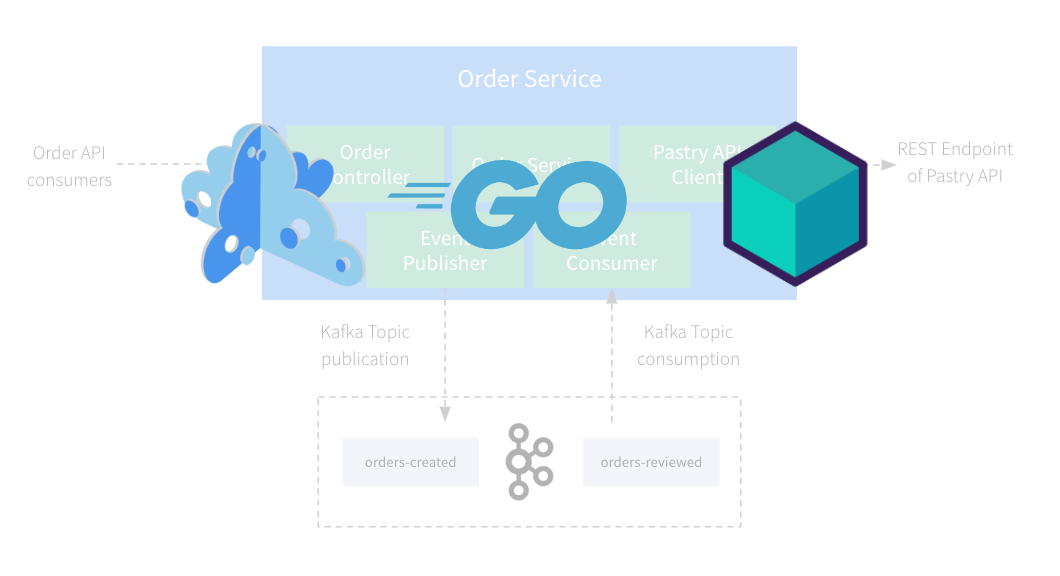Common Go lang data structures, utilities, Future Task etc
If you are java programmer, It will help you.
List, HashMap, HashSet
gorouter pool(thread pool), Future Task
basic number conversion
common logs(in dev)
With Go and git installed:
go get github.com/loveinsky100/common4go
1.ArrayList
2.SyncArrayList
type List interface {
// add item to list
Add(value interface{})
// get index item
Get(index int) (interface{}, bool)
// remove item
Remove(index int) bool
// loop item
Foreach(consumer func(value interface{}, index int) bool)
// get item len
Size() int
}
// create array list
list := collections.NewArrayList()
// create sync array list
list := collections.NewSyncArrayList()
// create sync list base on array list
list := collections.NewSyncList(collections.NewArrayList())
1.HashMap
2.SyncHashMap
type Map interface {
Put(key interface{}, value interface{})
Remove(key interface{})
Get(key interface{}) (interface{}, bool)
Foreach(consumer func(key interface{}, value interface{}) bool)
}
// create hash map
hashMap := collections.NewHashMap()
// create sync hash map
hashMap := collections.NewSyncHashMap()
1.HashSet
type Set interface {
Add(key interface{})
Remove(key interface{})
Contains(key interface{}) bool
Foreach(consumer func(key interface{}) bool)
}
// create hash set
hashSet := collections.NewHashSet()
// create sync hash set
hashSet := collections.NewSyncHashSet()
you can you use future task like java, and also you need use future task in a go router pool, such like thread pool in java, but go router pool is diffrent between thread pool, it only provide max pool size and reject handler, there are no min pool size or wait queue.
type GoRouterPool interface {
Add(callable Callable) (Future, error)
AddHandler(handler func() (interface{}, error)) (Future, error)
}
type Future interface {
// wait until task done or panic
Get() (interface{}, error)
// wait until task done or timeout, notice: when task timeout it will still running in background until return method
GetWithTimeout(timeout time.Duration) (interface{}, error)
// cancel task, when task not enter, you can cancel it, true: cancel success false:
Cancel() bool
// check is done or in other status
Status() FutureStatus
// execute task, you need not call is when you put it in routers pool
Execute()
}
how to use
pool := routers.NewGoRouterPool(10, &routers.CallableRejectedHandler {
Handler: func(callable routers.Callable) {
// do some thing
},
})
future, err := pool.AddHandler(func() (interface{}, error) {
time.Sleep(time.Millisecond * 100)
return 1, nil
})
if err != nil {
// reject
t.Errorf("an error occured: reject", err)
}
v, err := future.GetWithTimeout(time.Millisecond * 200)
if err != nil {
t.Errorf("an error occured: %+v", err)
}
numbers.ToInt64(int8(120))
numbers.ToFloat64("2.198900")
numbers.ToString(2.198900)
numbers.ToBool(1)
numbers.ToBool("FALSE")

